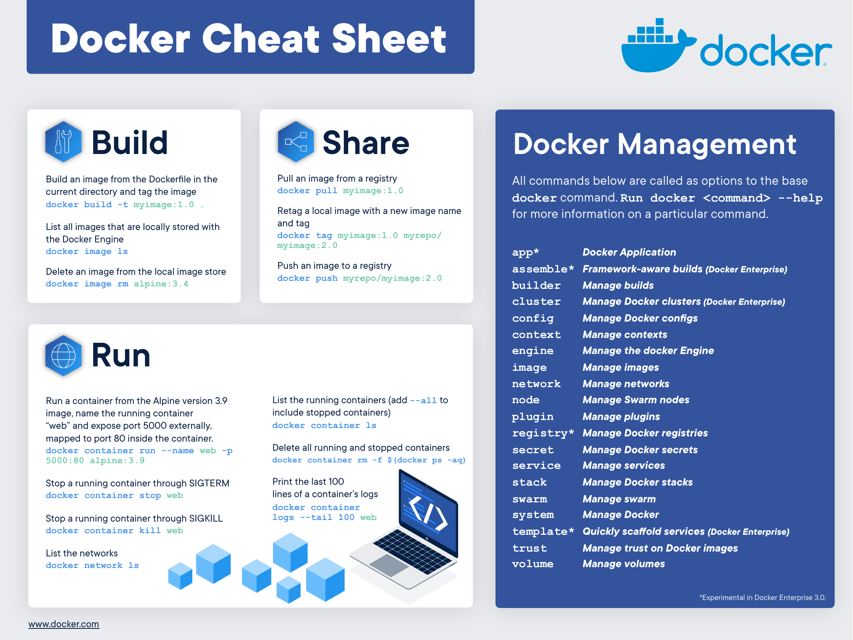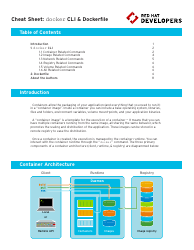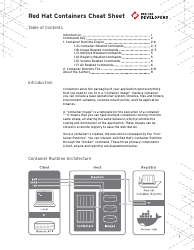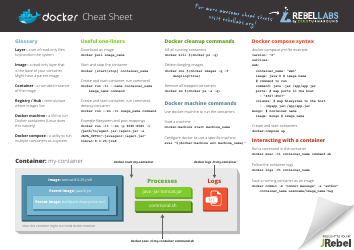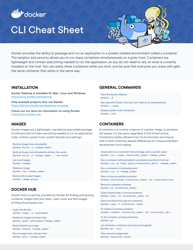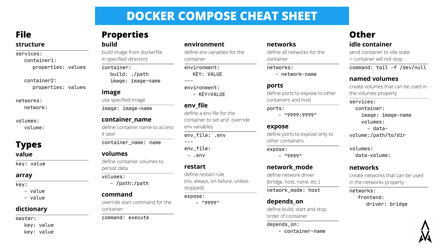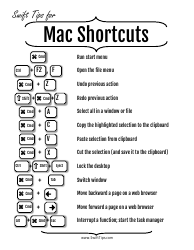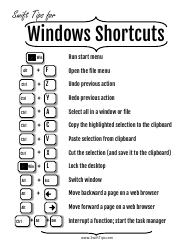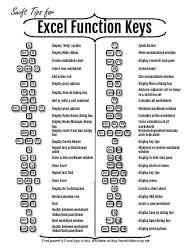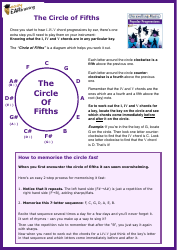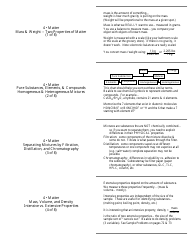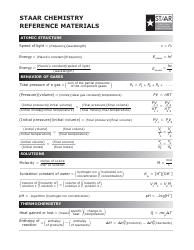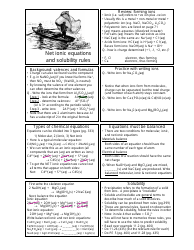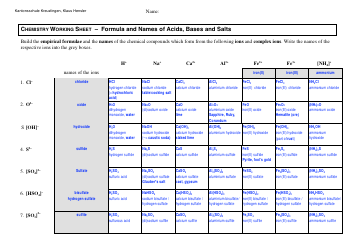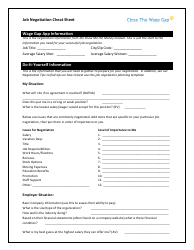Docker Cheat Sheet - Blue
The Docker Cheat Sheet - Blue is a reference guide that provides a quick overview of Docker commands and syntax. It is designed to help users who are familiar with Docker but may need a quick reminder or handy reference when using Docker on a day-to-day basis.
FAQ
Q: What is Docker?
A: Docker is a platform that allows you to automate the deployment, scaling, and management of applications within containers.
Q: Why should I use Docker?
A: Docker provides a lightweight and consistent environment for applications, allowing for easy and quick deployment, portability, and scalability.
Q: What is a container?
A: A container is a lightweight, standalone executable package that includes everything needed to run an application, including code, runtime, system tools, libraries, and settings.
Q: How do I create a Docker container?
A: You can create a Docker container by defining a Dockerfile, which specifies the instructions to build the container image, and then running the 'docker build' command to build the image and create the container.
Q: How do I start a Docker container?
A: You can start a Docker container using the 'docker run' command, specifying the container image name or ID.
Q: How do I stop a Docker container?
A: You can stop a Docker container by running the 'docker stop' command, followed by the container name or ID.
Q: How do I remove a Docker container?
A: You can remove a Docker container by running the 'docker rm' command, followed by the container name or ID.
Q: How do I list running Docker containers?
A: You can list running Docker containers using the 'docker ps' command.
Q: How do I access the shell of a running Docker container?
A: You can access the shell of a running Docker container using the 'docker exec' command, followed by the container name or ID and the desired shell command.
